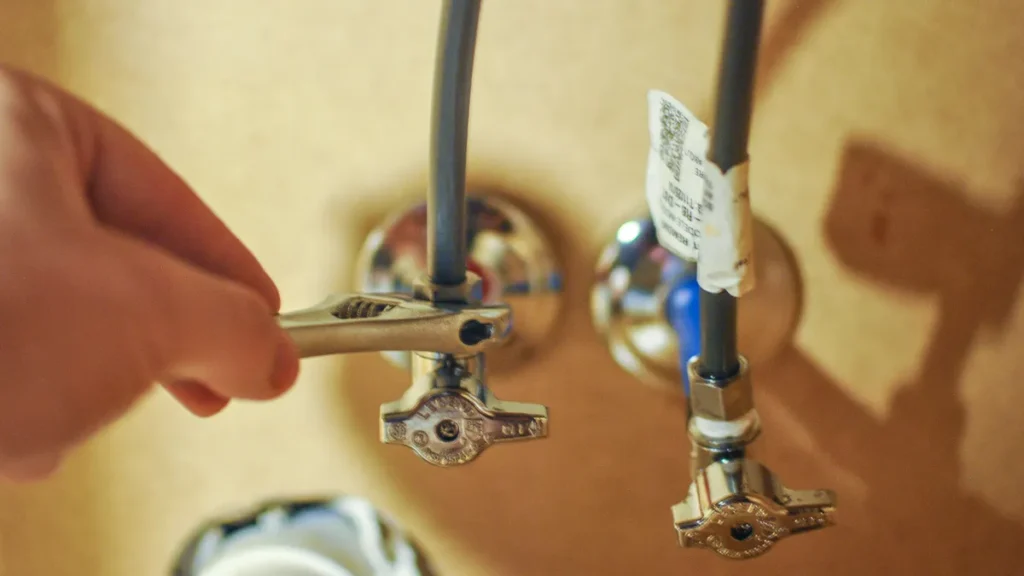Are pests running rampant in your yard? You’re not alone in this annoying war on nature. While commercial repellents can get the job done, they are often costly and can contain chemicals that are not good for you. Thankfully, you have an option that is both safer and more cost-effective at your Lifeline. Made from common household ingredients or natural ingredients in your garden, homemade animal repellents can protect your property. In this article, you will learn about some simple solutions that discourage common pests who fancy our yards without costing you a dime per dose or harming the environment. So get ready to take back your outdoor space with this proven DIY repellent recipes.
Understanding Common Animal Pests in Your Yard
Identifying the particular pests you are removing with the best animal repellent homemade solutions is very important, as animal hosts have different habits and are attracted to different bait. The usual yard trespassers include deer, rabbits, squirrels and other rodents. Indeed, each of these animals presents its own challenges, and all may require different strategies to successfully deter them.
Deer: The Garden Grazers
Deer are notorious for being voracious eaters, often wiping out gardens and ornamental plants. These big herbivores especially love tender shoots, flowers and vegetables. You can tell they’ve been there by hoof prints, bark damage on trees and cleanly nibbled plant tops.
Small Mammal Mischief
Rabbits and squirrels, although relatively small, can do a lot of damage to your yard. Rabbits eat low-growing plants, and their droppings are small and round. Other naughty behavior could come from squirrels, which are infamous for digging up bulbs and seeds, and raiding bird feeders.
Understanding these common pests is the first step to creating your animal repellent homemade solution. By implementing these strategies customized to those animals in your yard, you’ll up your odds of effectively keeping the at bay.
Homemade Animal Repellent Recipes to Try
Homemade Animal Repellent How to Keep Critters Out of your Yard Humanely! Recycle your unwanted fruits and vegetables and turn them into animal cricket defenses!
Spicy Pepper Spray
Combine 1 tablespoon crushed red pepper flakes with 1 quart water and several drops of dish soap. Let it steep overnight and then strain and pour into a spray bottle. This powerful brew does the trick for mammals and some birds.
Garlic and Egg Mixture
Mix two whole eggs and two cloves of garlic with two cups of water. Strain the amalgamation at that point weaken it with another two mugs of water. This foul-smelling spray works well against rabbits and deer.
Vinegar and Essential Oil Blend
Mix one cup of white vinegar, and add 20 drops of essential oils such as peppermint, citrus or eucalyptus. Fill a 32-ounce spray bottle with water. This fragrant animal repellent DIY solution is effective for many pests and is not harmful for plants.
Just remember to reapply these homemade repellents after rain or heavy dew in order to maintain effectiveness.
Applying Homemade Animal Repellent Effectively
Making and applying homemade animal repellent is important for all homes. Even those who are going to start a home business to earn money, keep the animals away from your business site.
Choose the Right Application Method
If you use your homemade animal repellent, your application method should be appropriate for the target area and the type of repellent being used. For applying liquid solutions, spray bottle or garden sprayer provides even coverage. Granular repellents can be applied with a handheld spreader or by hand and gloves. For best effectiveness, always apply the repellent in a thin, even layer.
Timing and Frequency
Homemade animal repellent with the best adherence to dryness Reapply after heavy rain or irrigation. Happy Scents Most use repellent every 2-4 weeks and or as animal activity retirees. Not all animals will change overnight, so be patient.
Safety Precautions
Use caution while attempting to use homemade animal repellents. Use gloves and eye protection when applying. Do not allow treated areas to be used by children and pets until the repellent is dry. Store your animal repellent homemade mixes in sealed containers with a clear label and us in a place that is out of reach of children and animals.
Conclusion
When employing these natural animal deterrent methods, keep in mind that persistence and time are major factors! Apply your chosen repellents regularly and revise if they don’t work. With a mix of these strategies and a watchful approach, you’ll establish a setting that’s unwelcoming to unwelcome furry friends, all while keeping the aesthetics of your garden intact. The right measures will come with some time, and trial & error, and you’ll achieve the perfect balance between protecting your property and co-existing with local wildlife. Be observant, don’t be afraid to try something different, and seek professional help if issues linger. With an outline of what to do, your hard work will pay off and you will have the outdoor space you want and not the unwelcome guest of animal visitors.










